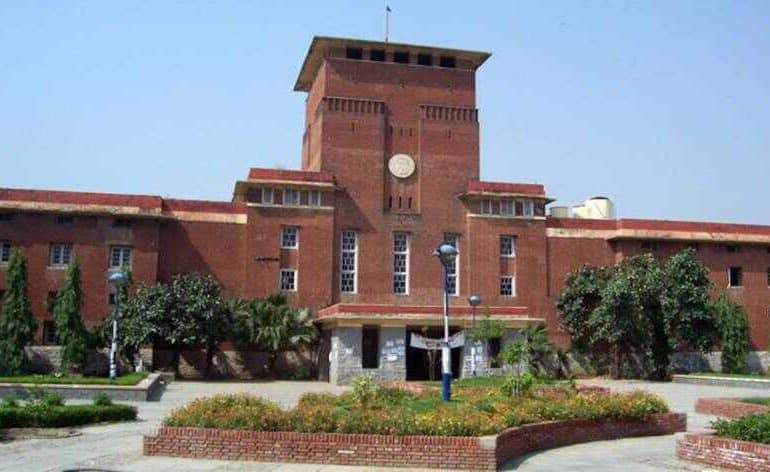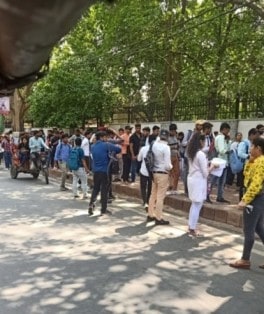Enough pieces have been written about the people of Delhi University – people from different walks of life with their diversity of thought; their loud, messy, and innately human lives. But in the hustle and bustle of daily college life, do we forget about another set of residents on our campuses?
Delhi University is known not just for its diversity of student and faculty but also for its enriching biodiversity. Students call the red brick walls of the varsity home for 3 years but the creepy crawlies on campus call it home their entire lives. The sprawling, green college campuses are cozy shelters for a wide variety of fauna. From litters of kittens and protective dogs to majestic peacocks and playful squirrels, campus spaces are made all the more vibrant.
College life is one’s first foray into the real world. Away from your families, out of your comfort zone, it is easy to feel lost in the vastness of the city. Coping with the transition from school days is difficult, but many find solace in the four-legged fuzzballs around campus. Missing home? Having a bad day? Had a fight with a friend? Worry not for our resident therapy-substitute doggos are here to brighten your day.
The sight of puppies and kittens lounging in the soft breeze of air conditioners and fans in the summers and basking in the warmth of the sunlit lawns in winter is a familiar sight to behold. Enter your first year and you’ll be bewildered at the ease with which the animals on campus traverse the people and infrastructure. Move on to second year, and you’ll get comfortable with the co-existence, not batting an eye when a puppy interrupts your late afternoon lecture. Come graduation year and you’ll find that these furry friends have found a way into your hearts. Even if you aren’t an animal lover, this university teaches you many lessons, pleasantly sharing campus spaces with a multitude of species is one of them.
While dogs, cats, and squirrels are a common sight, some colleges are also home to diverse avian species. Indraprastha College for Women’s open grounds often welcomes winged visitors in the winter months. The college’s location between the North Delhi Ridge and Yamuna banks makes it a habitat island for several migratory species. One can also spot the occasional peacock and peahens on the campus of Shri Ram College of Commerce.
Many of these animals are looked after by hired caretakers or gardeners, but students also play an active role. There are animal welfare societies or branches of the college National Service Scheme that cater to everything from immunization, sterilization, and injury treatment by experts to feeding through student volunteers. A few admins also share Do’s and Don’ts about animal feeding by students which goes to show the synergies between the species.
With the rapid urbanization in the national capital, the patches of urban greenery within the varsity become even more crucial for maintaining the fragile micro-ecosystems. They become essential for studying conservation insights and preserving diversity. With UGC and NEP’s guidelines for greater Environmental Science awareness among students, the study and maintenance of the vibrant flora and fauna has become implicit in campus life.
The indelible touch these animals have on our college lives is evident by the numerous Instagram pages dedicated to college dogs, occasional college graffiti, and society logos. So next time you come across a lounging puppy, give it a belly scratch. After all, being cute all day is hard work.
Read Also: How Having Dogs as your Furry Friends in College Helps
Bhavya Nayak
[email protected]



